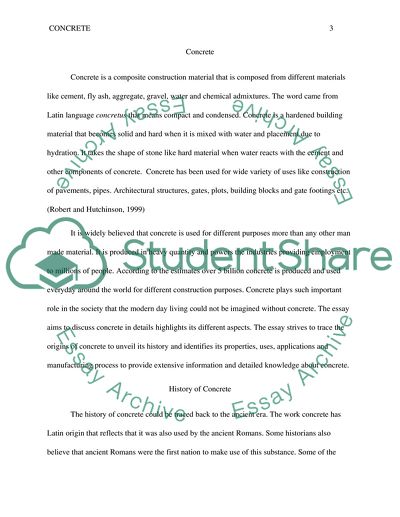Cite this document
(“Concrete: History, Manufacturing Process, Properties and Application Research Paper”, n.d.)
Concrete: History, Manufacturing Process, Properties and Application Research Paper. Retrieved from https://studentshare.org/chemistry/1750974-concrete
Concrete: History, Manufacturing Process, Properties and Application Research Paper. Retrieved from https://studentshare.org/chemistry/1750974-concrete
(Concrete: History, Manufacturing Process, Properties and Application Research Paper)
Concrete: History, Manufacturing Process, Properties and Application Research Paper. https://studentshare.org/chemistry/1750974-concrete.
Concrete: History, Manufacturing Process, Properties and Application Research Paper. https://studentshare.org/chemistry/1750974-concrete.
“Concrete: History, Manufacturing Process, Properties and Application Research Paper”, n.d. https://studentshare.org/chemistry/1750974-concrete.


